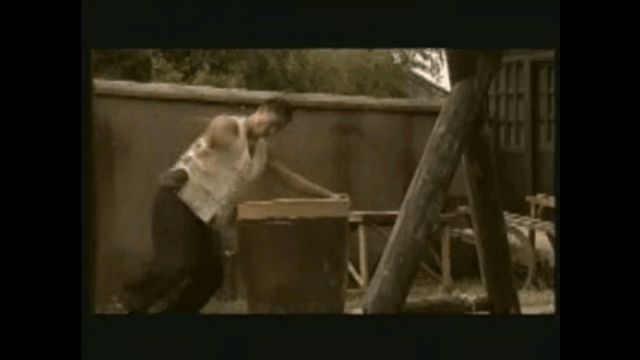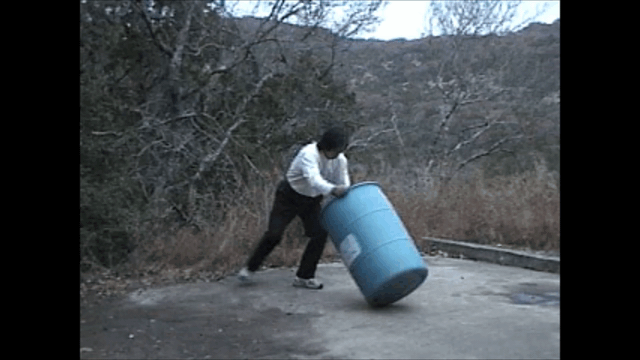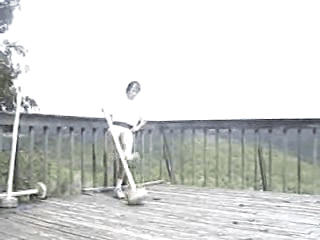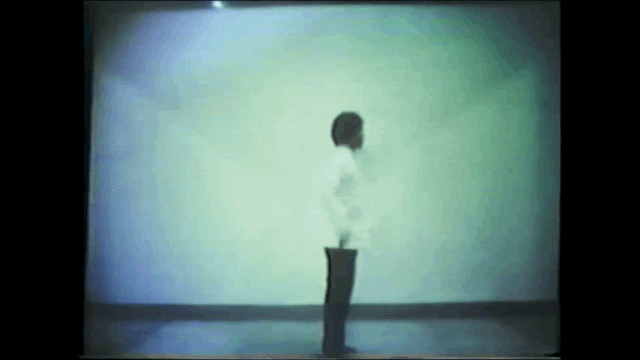The funny thing is, if you
- use hip throw to throw your opponent 10,000 times, you will be good at horse stance.
- stay in horse stance for 100 hours, you may not be good at hip throw.
What's the difference here? Do you like to train your MA skill through application? Or do you like to train your MA skill through basic? Anybody like to share your opinion on this?
- use hip throw to throw your opponent 10,000 times, you will be good at horse stance.
- stay in horse stance for 100 hours, you may not be good at hip throw.
What's the difference here? Do you like to train your MA skill through application? Or do you like to train your MA skill through basic? Anybody like to share your opinion on this?




